A new solar panel coating will improve efficiency of the cells by more than 30 percent.
Solar modules on the International Space Station. Credit wikimedia
Researchers at University of California Riverside have created a coating for solar panels that could improve efficiency by 30 percent.
The new coating reshape the solar spectrum, allowing more solar energy to be captured and converted into electricity.
The solar cells – made often of silicon or cadmium telluride – rarely cost more than 20 percent of the total cost. Solar energy could be made cheaper if less land had to be purchased to accommodate solar panels, best achieved if each solar cell could be coaxed to generate more power.
A huge gain in this direction has now been made by a team of chemists at the University of California, Riverside that has found an ingenious way to make solar energy conversion more efficient. The researchers report in Nano Letters that by combining inorganic semiconductor nanocrystals with organic molecules, they have succeeded in “upconverting” photons in the visible and near-infrared regions of the solar spectrum.
Christopher Bardeen, a professor of chemistry, explains:
“The infrared region of the solar spectrum passes right through the photovoltaic materials that make up today’s solar cells. This is energy lost, no matter how good your solar cell. The hybrid material we have come up with first captures two infrared photons that would normally pass right through a solar cell without being converted to electricity, then adds their energies together to make one higher energy photon. This upconverted photon is readily absorbed by photovoltaic cells, generating electricity from light that normally would be wasted.”
Photographs of upconversion in a cuvette containing lead selenide/rubrene mixture. The yellow spot is emission from the rubrene originating from (a) an unfocused continuous wave 800 nm laser with an intensity of 300 W/cm2. (b) a focused continuous wave 980 nm laser with an intensity of 2000 W/cm2. The photographs, taken with an iPhone 5, were not modified in any way. Image credit: Zhiyuan Huang, UC Riverside.
via Treehugger

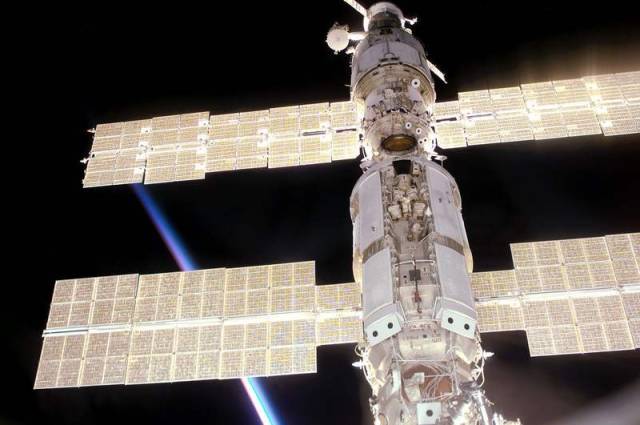
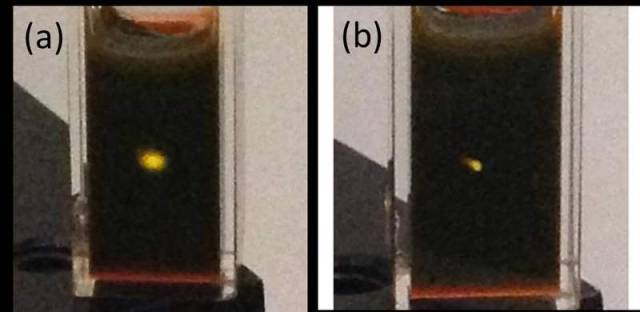
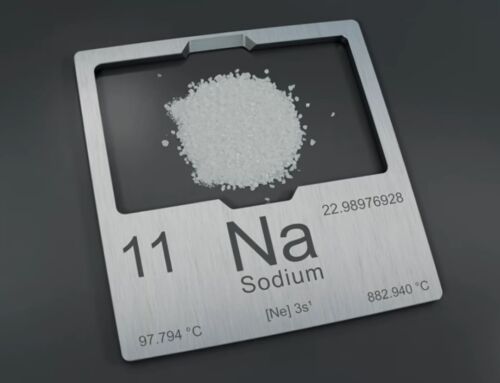
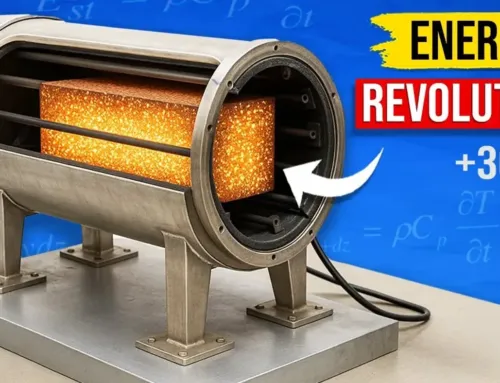
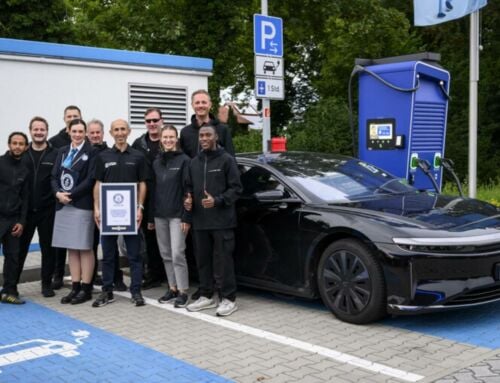

Leave A Comment